How to Accelerate Leads and Automate Referrals with ContractorFlow®
How to Accelerate Leads and Automate Referrals with ContractorFlow and GTR
5 min read
Barbara Domingues : August 7, 2019
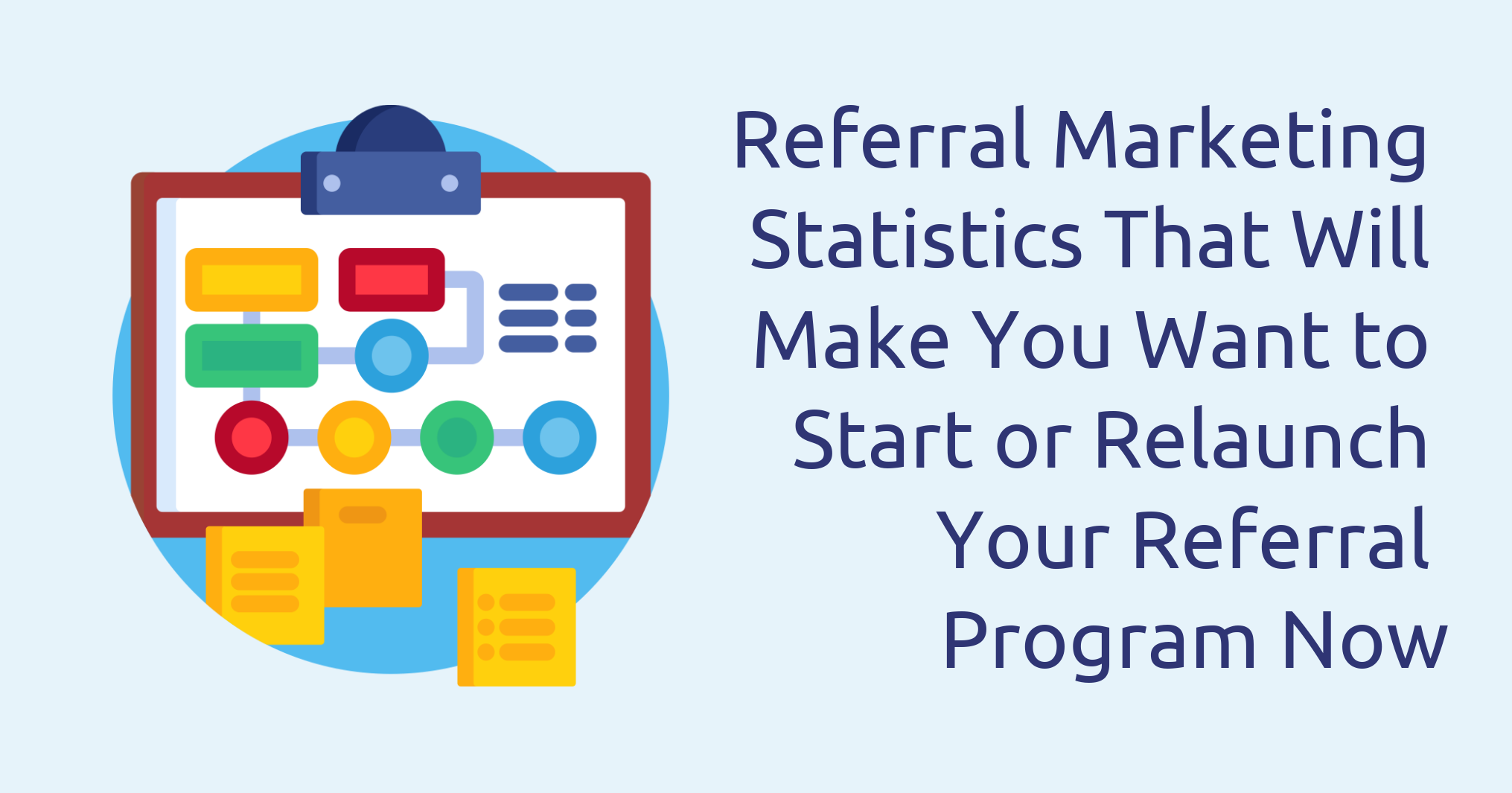
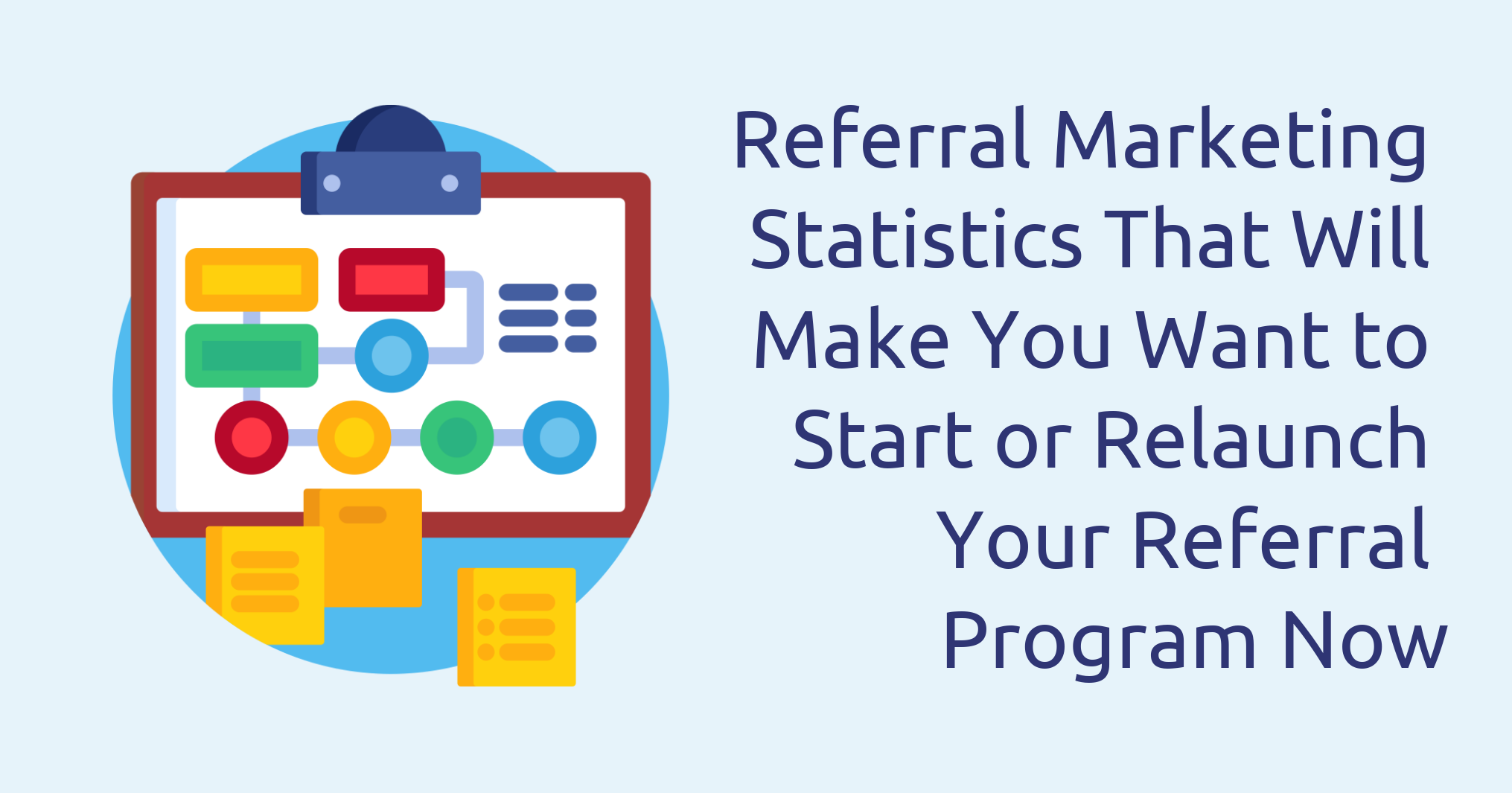
Word-of-mouth marketing is a strategy that involves asking for and collecting referrals from current or past customers. On the most basic level, it is a satisfied customer recommending your company to friends and family.
Word-of-mouth referrals can be a powerful source of low-cost, high-quality leads because of the vast majority of people trust the recommendation of their circle of friends and family more than any other marketing source.
Since word-of-mouth is such a powerful and trusted form of marketing, it is essential you include it as part of your overall marketing strategy, and the referral marketing statistics below will show you why.
Word-of-mouth power, the TRUST element!
- A word-of-mouth recommendation is the primary factor behind 20%-50% of all purchasing decisions (Source: McKinsey)
- Millennials ranked word-of-mouth as the #1 influence in their purchasing decisions about clothes, packaged goods, big-ticket items, and financial products (Source: Radius Global Marketing Research)
- Baby Boomers also ranked word-of-mouth as being most influential in their purchasing decisions about big-ticket items and financial products (Source: Radius Global Marketing Research)
- 83% of consumers trust referrals from people they know (Source: Nielsen)
- 70% of consumers give more credibility to consumer-created reviews and peer recommendations than professionally written content (Source: Reevo)
- Brand advocates are 50% more likely to influence a purchase (Source: BzzAgent)
- 83% of consumers are willing to refer after a positive experience, yet only 29% actually do (Source: Texas Tech University)
- 91% of Americans would share an exclusive offer with their friends and family (Source: Kelton)
- Every referring customer makes an average of 2.68 people (Source: Saasquatch)
Customers referred to your business by someone happy with your services are more likely to close a sale than random, non-referred or cold-called leads. The referral builds a level of confidence in your business since consumers are more likely to buy from a company that they have reason to trust, like a friend’s recommendation.
On the B2B market, referrals can be even more effective. Business networking can be more active than personal one, and, especially for big investments in the company, referrals can be the starting point for decision-makers.
- People are 4 times more likely to buy when referred by a friend (Source: Nielsen)
- 71% of people are more likely to purchase when referred by social media (Source: HubSpot)
- B2B companies with referrals have a 71% higher conversion rate, and they report a 69% faster close time on sales (Source: Heinz Marketing)
- According to the New York Times, 65% of new business generally comes from referrals (Source: New York Times)
- A Gigaom Research study shows that 27% of marketers said they get more than half of their new customers from referral marketing (Source: Gigaom Research)
- 80% of all B2C and B2B purchases involved some form of WOM recommendation during the purchase cycle (Source: Forrester)
- WOM recommendations convert 3-5x higher compared to other channels (Source: WOMMA)
- 84% of B2B decision-makers start the buying process with a referral (Source: The Sales Development Technology Report)
- Tesla's referral program generates 40X ROI (Source: Inc.com)
Look at any referral marketing statistics and you will see that referrals convert better and close faster. But it’s also noticed that referrals have a longer customer lifetime. To get the best results possible from your referral program, it’s important to have your sales and customer service team engaged with your referral program and a formalized platform to track and reward your referrals.
- Customers referred by other customers have a 37% higher retention rate (Source: Deloitte)
- Referred customers’ LTV is 16% higher when compared to non-referred customers (Source: Wharton University of Pennsylvania)
Besides, most people are tired of television and radio ads telling them what to buy. They are relying more on a friend’s opinion. With a good referral program and a good product, friends will be more likely to spread their opinion of your business to their friends, for free. The only thing you need to do is ask!
- Word-of-mouth has shown to improve marketing effectiveness by up to 54% (Source: MarketShare/Forbes)
- 87% of front lines sales reps, 82%of sales leaders and 78%of marketers surveyed agree that referrals are the best leads your business can get (Source: Heinz Marketing)
- Companies with formalized referral programs experience 86% more revenue growth over the past two years when compared to the rest. And yet… Only 30% of companies surveyed have a formalized referral program (Source: Heinz Marketing)
- More than 55% of those with formalized referral programs ranked their sales efforts as highly effective, compared to 35% of those without referral programs in place (Source: Heinz Marketing)
- Another 51% of companies with referral programs rated their effectiveness at maintaining sales pipelines as very effective vs just 32% of those without referral programs (Source: Heinz Marketing)
As a business, you may ask yourself why to reward your customers for referrals. The simplest answer is because you stand to gain a hefty reward yourself!
You wouldn’t ask an employee to do a job without offering to pay him for his time, so why ask a customer to take his time and promote your business without offering to pay him too? Same as rewarding your employees can benefit your business, so can rewarding your customers.
You can offer different levels of incentives based on the quality of the lead. For example, you can provide an incentive for any lead that results in a sales appointment (regardless of whether the referral makes a purchase). Then, you can offer a better incentive if one of those leads results in a sale. This is a great option for businesses that have a long sales cycle.
By setting your incentives up this way will help you increase the quality of the referrals you receive since when incentives are tied to the quality of the lead, your referral sources will be intentional about bringing you the best leads possible.
- More than 50% of respondents are likely to give a referral if offered a direct incentive, social recognition or access to an exclusive loyalty program (Source: Software Advice)
- What’s their choice of the reward? 77% of Americans say they prefer money (Source: Harris Poll)
It is not enough to optimize your company website for mobile usage and assume you have done enough to encourage customer referrals. Referral marketing statistics show that people are most of their time on a mobile device. This highlights the importance of having an app for your customer referral program. People prefer to use apps while on their smartphones, so providing an app for your customer referral program will increase the likelihood of customer participation.
Communicate with your customers, both during interactions with them and afterward. Many businesses find that a newsletter or email communication can be a helpful “touch” point with previous customers. If your business lends itself to social media communications and interactions, consider engaging with customers online. Social Shares and Reviews are also a great way to promote your business with low or even none investment.
To maximize customer participation in your referral program, you need to make it as easy as possible. The modern consumer does not have the time or patience to go through a complicated process to provide you with referrals. If the process is complicated, they may even change their minds about providing referrals. Make the process as easy as possible with an app that your customers can use directly from their phones.
- 80%of Americans own a smartphone (Source: comScore)
- Users spend on average 60% of their digital time on smartphones (Source: comScore
- Ages 35-55 spend on average 65 hours on mobile apps a month (Source: AppAnnie)
- Social media drove 31% of overall traffic to sites (Source: Shareaholic)
- 81% of people open emails on their mobile or web mail (Source: Email Monday)
All these referral marketing statistics support the fact that customer referrals are a strong lead source for businesses. The statistics regarding marketing and sales show the referrals close faster and convert in better customers.
Mobile device and app usage numbers highlight that consumers are using their devices and apps more frequently and this should be the channel for companies to communicate with their audience. When you look at these two facts together, they support the idea you need a referral app for your customer referral program.
Don’t lose more time with worthless leads and start to invest in building a referral program to your company. If you want to learn more about how a referral software can increase your sales, schedule a demo today and we will show you!
.png)
How to Accelerate Leads and Automate Referrals with ContractorFlow and GTR

How to Build a Strong Network of Local Business Referral Partners When a homeowner trusts you enough to recommend you, that’s one...
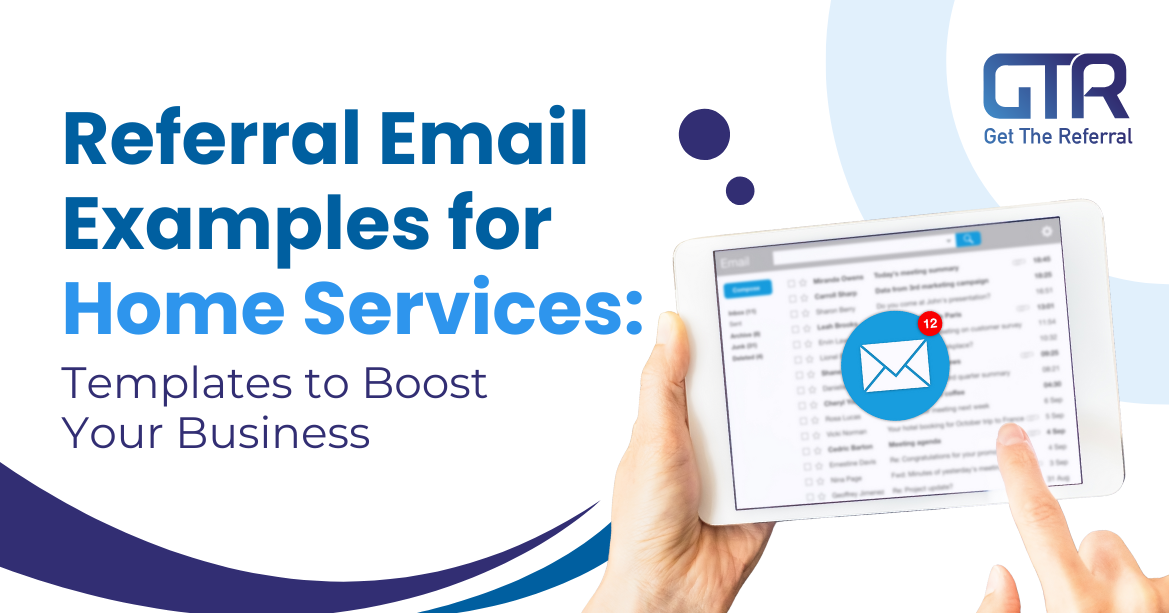
Referral emails are one of the most effective tools in a home services company’s marketing arsenal. Whether you're tapping into the networks of happy...
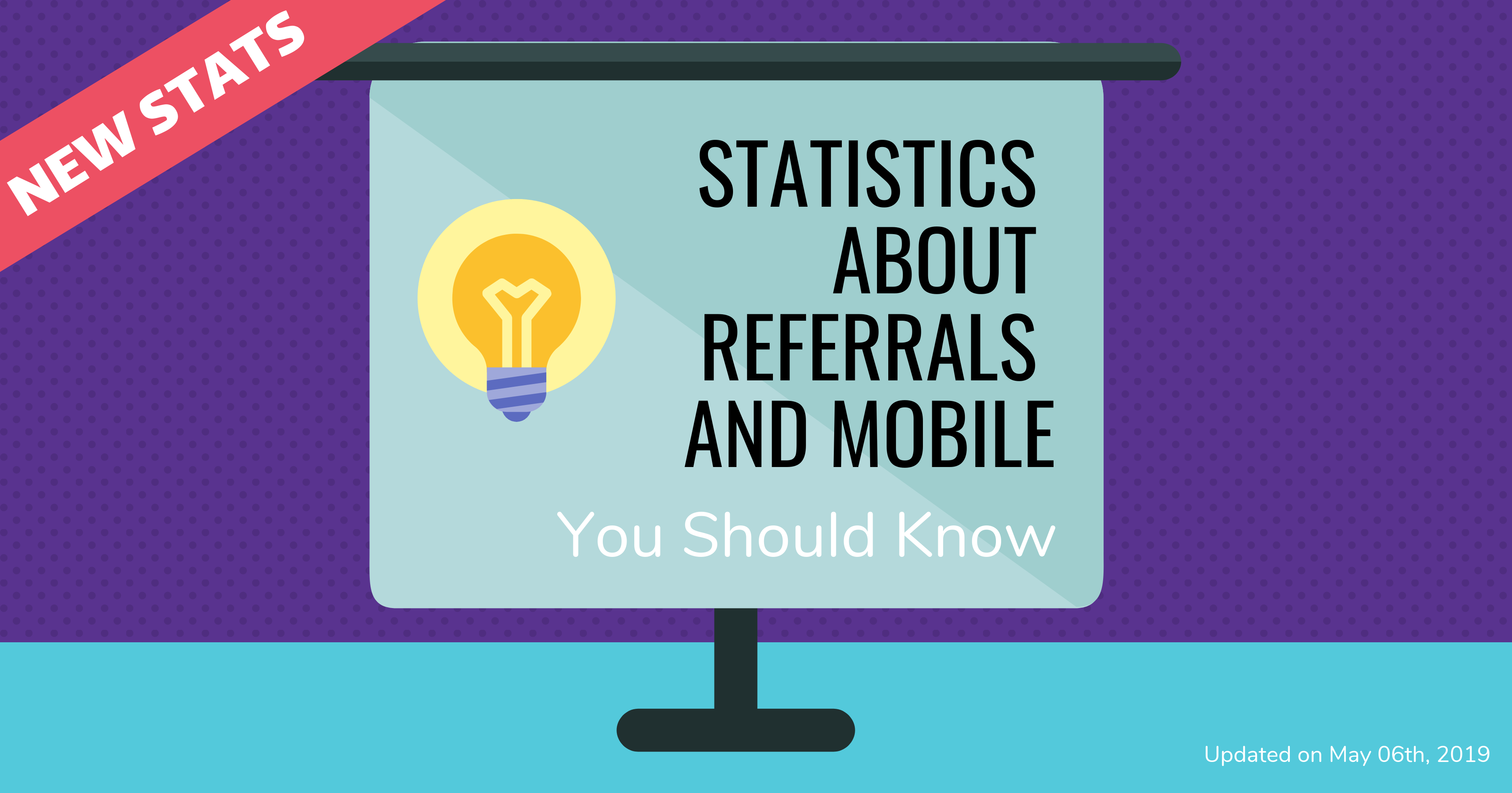
Businesses are looking for other marketing strategies: television advertising is expensive and crowded, while radio advertising is almost obsolete....
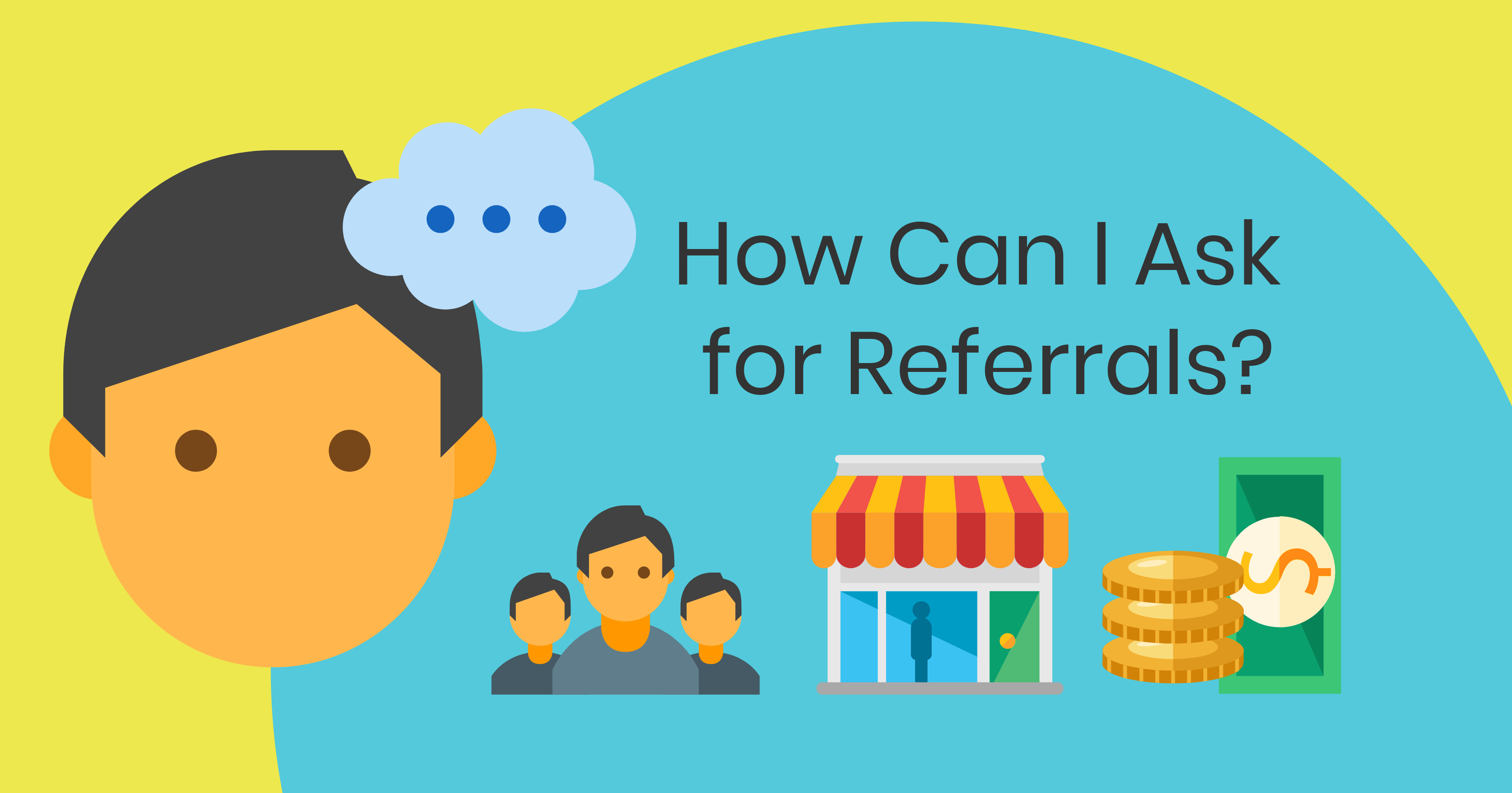
First, let's start by defining referral marketing: this marketing method is based on the promotion of products or services to new customers through...
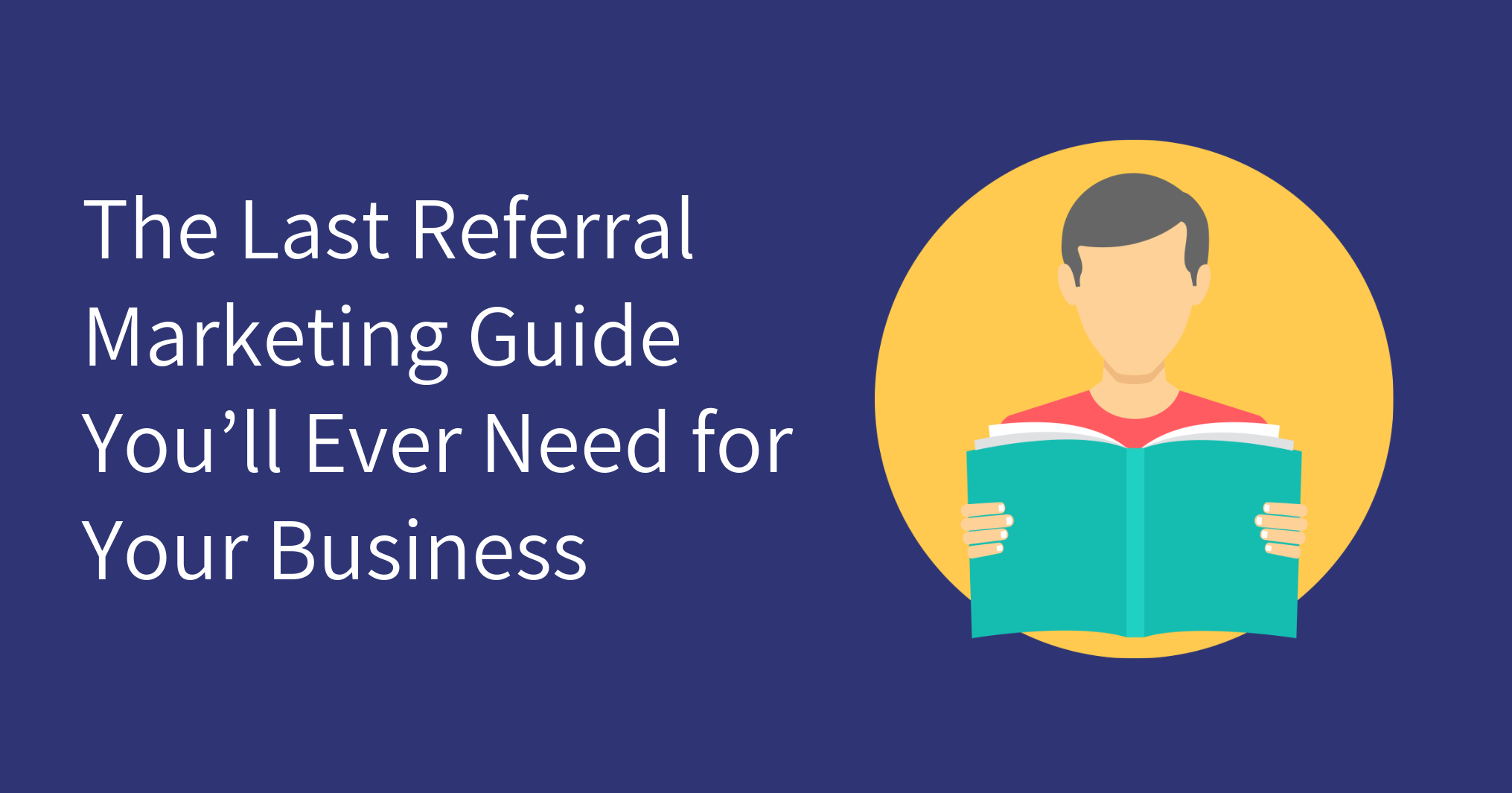
Referral Marketing is a powerful lead generation source for businesses of all sizes and in all industries. But why is it so effective and important,...